
The company pitch is extremely important when recruiting drivers. You only have a few minutes to talk to a driver and tell them why working for your carrier is the right choice for their career. So, how do you make sure you’re making the most of your time?
What is a Trucking Company Pitch?
A trucking company pitch is where you introduce your company to a driver and explain why they would want to drive for you. Trucking pitches are used during the first point of contact with a driver.
The most important thing to remember is that these pitches aren’t one size fits all. They should change based on the role you’re hiring for and any information you have on the driver and what they find important. Here’s an example of an effective Trucking Pitch.
“Hello. Thanks for taking the time to speak with me. I work with ABC Trucking and we’re looking for Regional Dry Van Drivers in the Midwest. We’re offering qualified drivers $1,400 guaranteed weekly, full health, vision, and dental benefits, weekly home time, and a $2,000 sign-on bonus. Does that line up with what you’re looking for right now?”
How to Perfect Your Pitch
We spoke to Michelle Habart, Business Development Coordinator for Drive My Way’s client, CLE Transportation, about how she structures her trucking pitch to drivers.
Michelle Habart CLE Transportation
“First, I introduce myself and the company. I start with who we are, where we’re located and then ask questions to find out what their needs are. For example, if it’s home time, I am only going to offer them what I have that fits the needs they are trying to fill. I want to make it clear that we have options. If it’s equipment, then we will go over that in detail. If it’s pay then we go over the packages and benefits we offer, like bonuses, 401K, and profit sharing. I make sure they understand that health insurance is paid by the company because that will save them money.
Next, I jump into the basic questions like experience, history and driving record. I will then send them the link to fill out the application and make it known that I am available to answer any questions that they have.” shared Michelle.
Keep it Short, Specific and Avoid the Jargon
As you probably know, any driver you’re speaking with is probably speaking with at least one other recruiter as well. Keeping your trucking pitch quick and to the point is the best way to keep their attention and further the conversation. Avoid vague statements like “we offer competitive pay and new equipment.” Drivers looking for work read that dozens of times a day. This won’t do anything to help differentiate you in their mind.
In general, drivers don’t like to beat around the bush. Avoid using buzzwords and jargon where it’s not necessary. The best practice here is to write down your pitch then read it out loud to yourself. Does it sound forced or unnatural? Chances are if it does to you, it will to the driver as well.
Make it a Conversation
The next part to perfecting your pitch is to make it a conversation. Many recruiters make a habit of rattling off ten different things and then asking, “how does that sound?” The driver probably forgot the first three things you said by this point and will reply with a half-hearted, “Sounds good.” That’s not a conversation, it’s an information dump.
Instead, ask questions throughout the pitch and try to make it a two-way street. After you give the important info, ask questions like, “Does that line up with what you’re looking for?” The most important part here is to make sure the job is a mutual fit on both sides. There’s no point in trying to force a square peg into a round hole.
Don’t Oversell/Misinform
Overselling is a common issue in driver recruiting. It’s understandable that recruiters want to do everything they can to bring drivers in the door, but the last thing you want to do is promise something that you can’t deliver on. This leads to unhappy drivers that will probably be looking to exit as quickly as they came.
“Here at CLE Transportation, we don’t sugar coat anything. Getting a driver isn’t about filling a seat. It’s about doing the best we can to make sure that the driver and our company will be a good fit for each other. We are not trying to waste our time or theirs. We don’t treat them as just another driver looking for a job, we treat them as professionals, because that’s what they are. It’s not just an interview process, it’s about hearing them.
They need to know that we’re here for them during the entire process, from the initial “hello” all the way to them leaving to deliver that first load. Even then they can call me for questions they have. After I set up an orientation date, I will send them a picture of the truck that they will be in.” shared Michelle.
Be Prepared for Common Objections
Drivers will almost certainly have things that they consider non-negotiable. This can be anything from home time, specific compensation, type of equipment, etc. Instead of thinking it’s a dead end if a driver pushes back on one of these, try and talk through it.
The best way to do this is by asking questions like, “what is it about x that you dislike?”, or “What would make you consider x?” More often than not, this can lead to a compromise where both sides are happy.
The trucking company pitch is something that takes time to perfect. The most important thing isn’t to sell the position at all costs. It’s to present the most important information related to the job while making sure it’s a good fit for both sides.



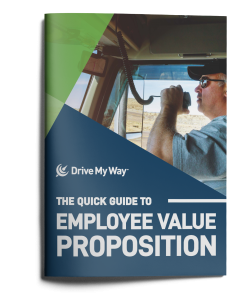


 We spoke to Christian Rivera, a National Recruiter for Drive My Way’s client,
We spoke to Christian Rivera, a National Recruiter for Drive My Way’s client,  3. Schedule, Hours and Routes
3. Schedule, Hours and Routes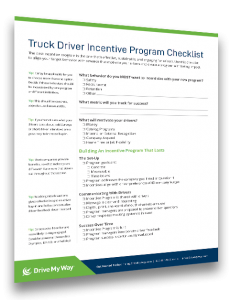


 3. Go Where Owner Operators Are
3. Go Where Owner Operators Are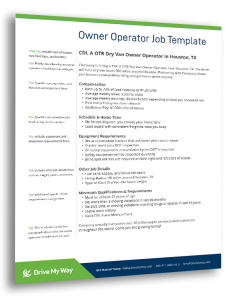

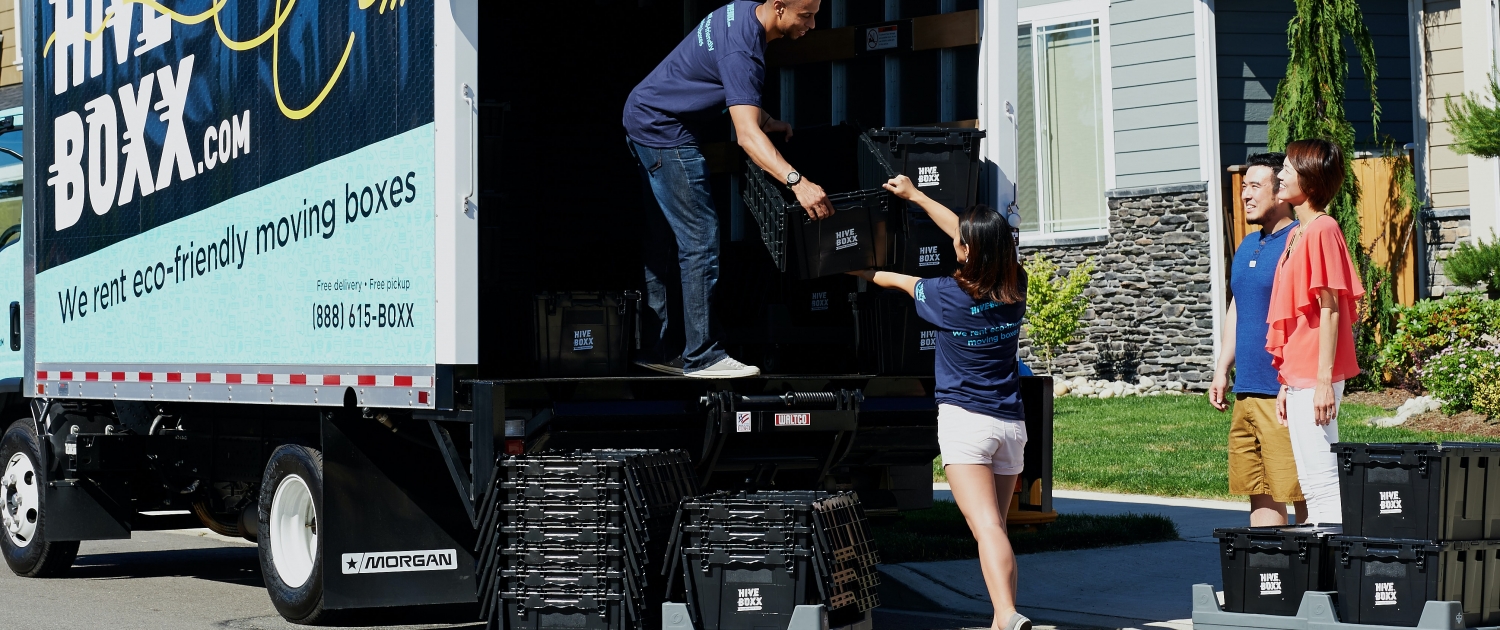




 Many trucking regulations experts are strongly opposed to the PRO Act, but there is an underlying problem that this Act brings to the surface. The PRO Act tries to prevent companies from “employing” workers without offering benefits AKA
Many trucking regulations experts are strongly opposed to the PRO Act, but there is an underlying problem that this Act brings to the surface. The PRO Act tries to prevent companies from “employing” workers without offering benefits AKA 

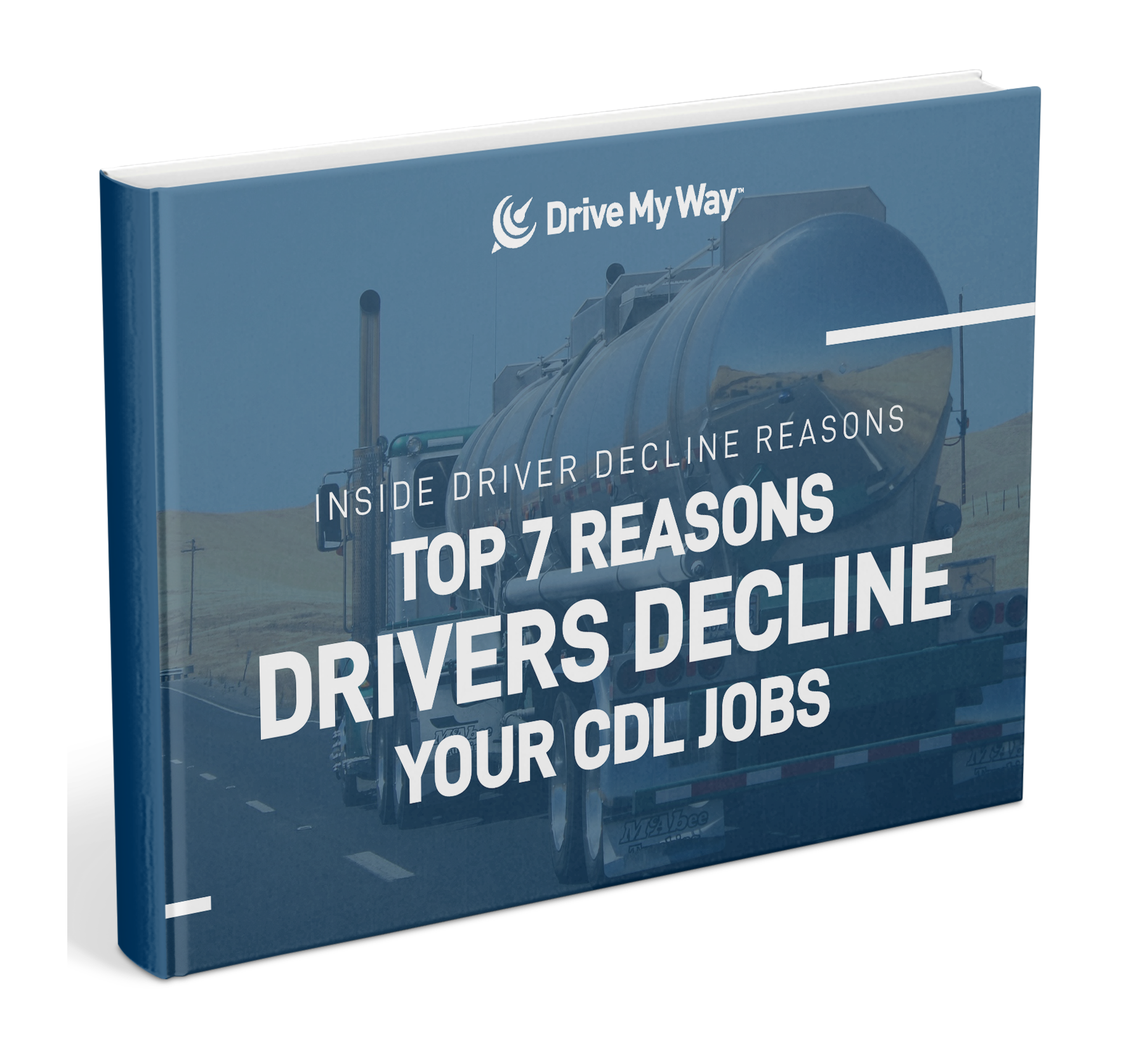

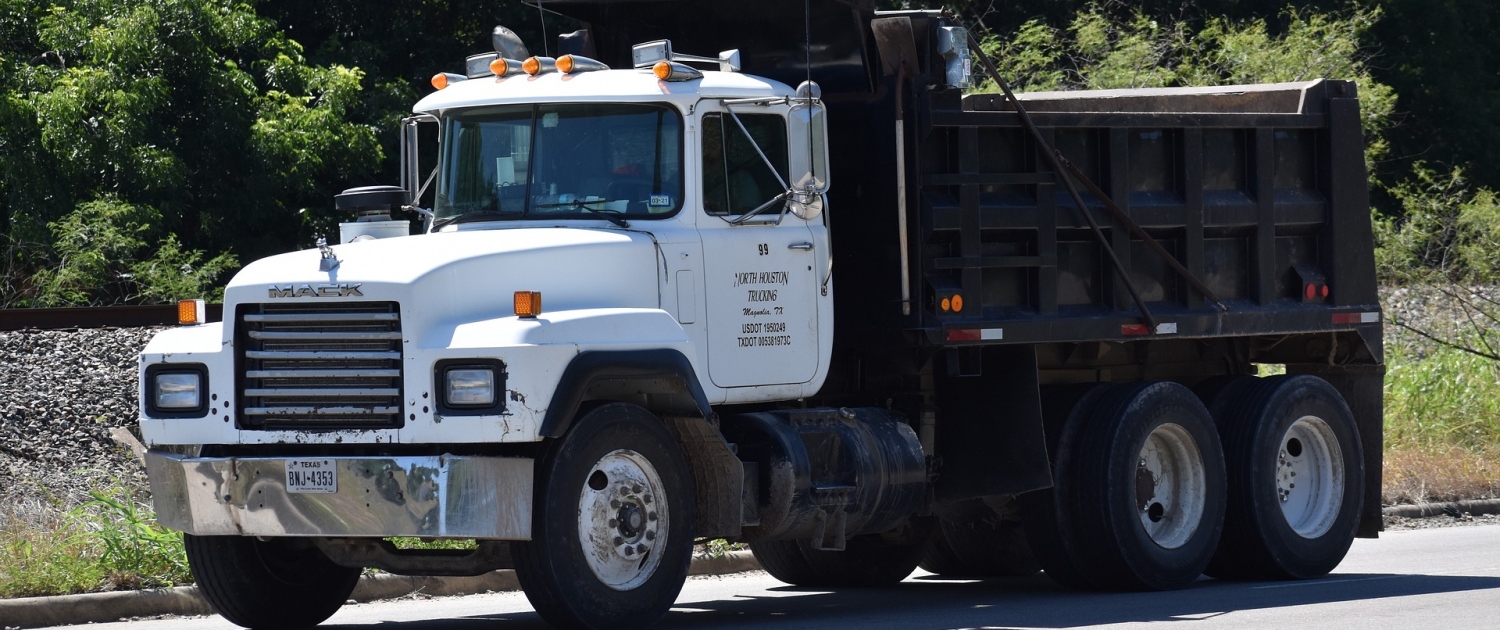
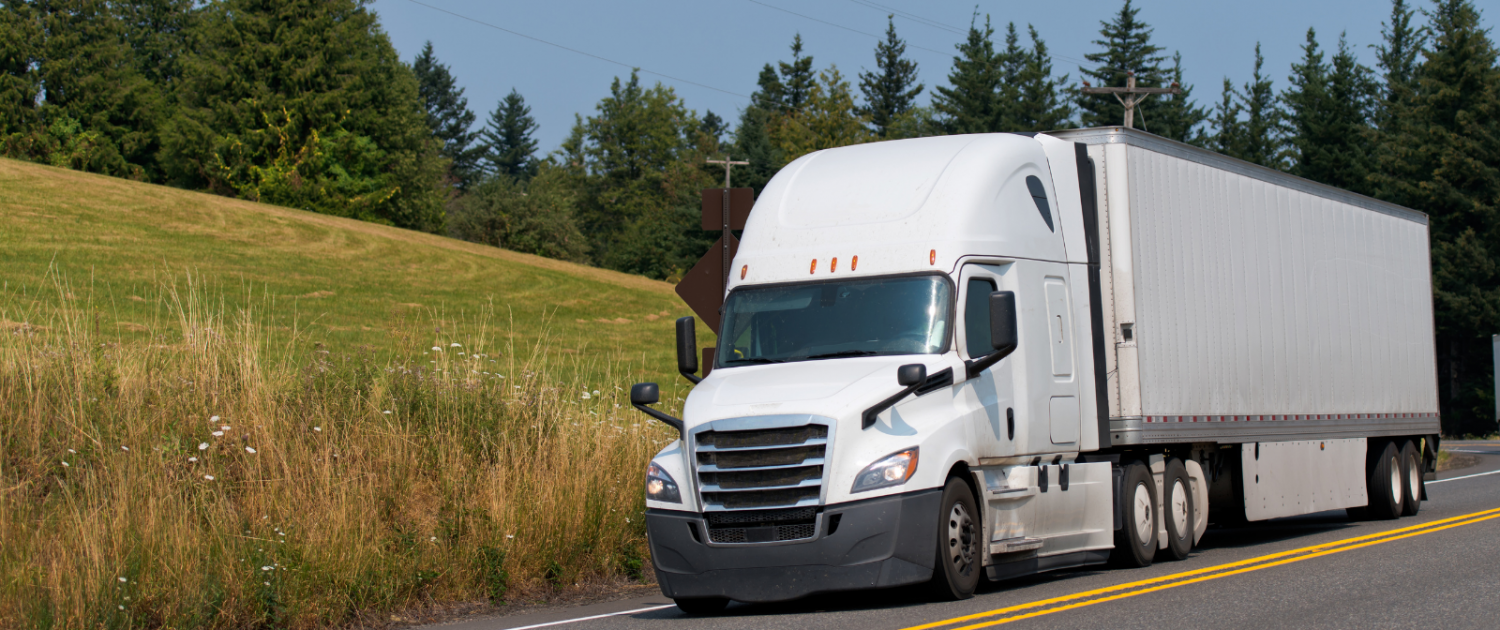
 These are often two of the most important factors for regional drivers. Many regional drivers prioritize more home time and are willing to take a slight pay cut if they were at an OTR position. Regional jobs can be the
These are often two of the most important factors for regional drivers. Many regional drivers prioritize more home time and are willing to take a slight pay cut if they were at an OTR position. Regional jobs can be the  While they don’t spend weeks on the road at a time, regional drivers still spend a lot of time in their cab. That means that
While they don’t spend weeks on the road at a time, regional drivers still spend a lot of time in their cab. That means that 
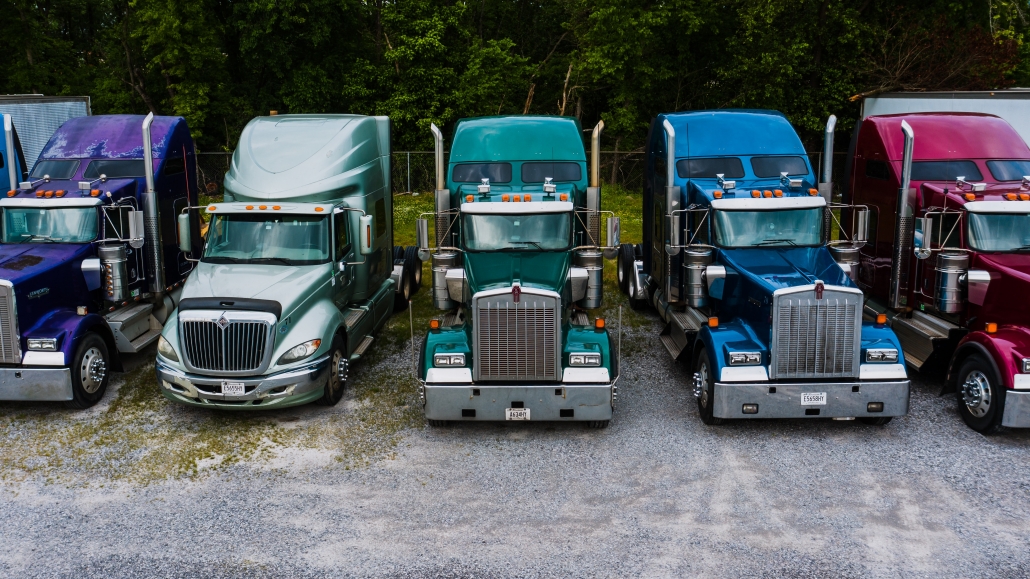



 Driver orientation and onboarding is about more than information sharing from your company. It’s also when drivers meet their peers and supervisors. It’s hard to replace this kind of natural networking in remote onboarding. Video calls, social networks, and personal phone calls or emails all help bridge the gap.
Driver orientation and onboarding is about more than information sharing from your company. It’s also when drivers meet their peers and supervisors. It’s hard to replace this kind of natural networking in remote onboarding. Video calls, social networks, and personal phone calls or emails all help bridge the gap. 

